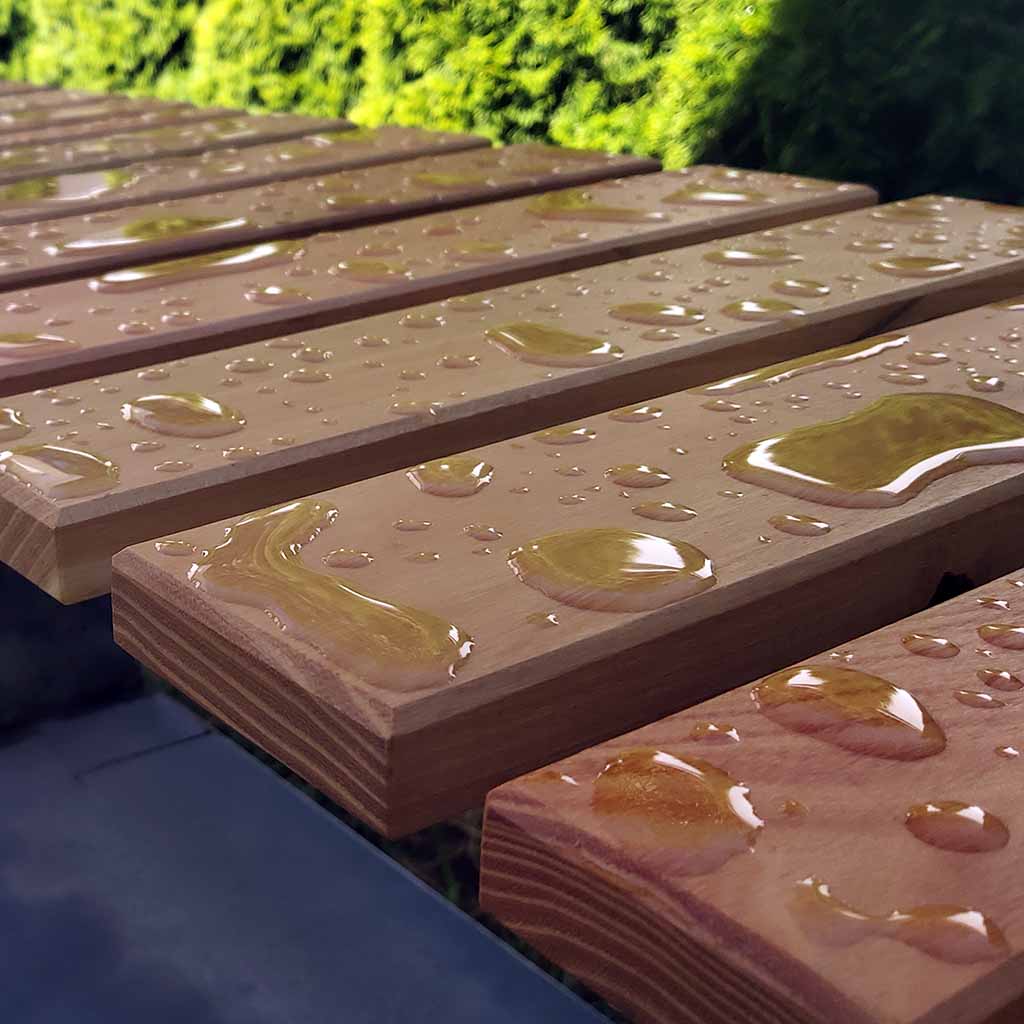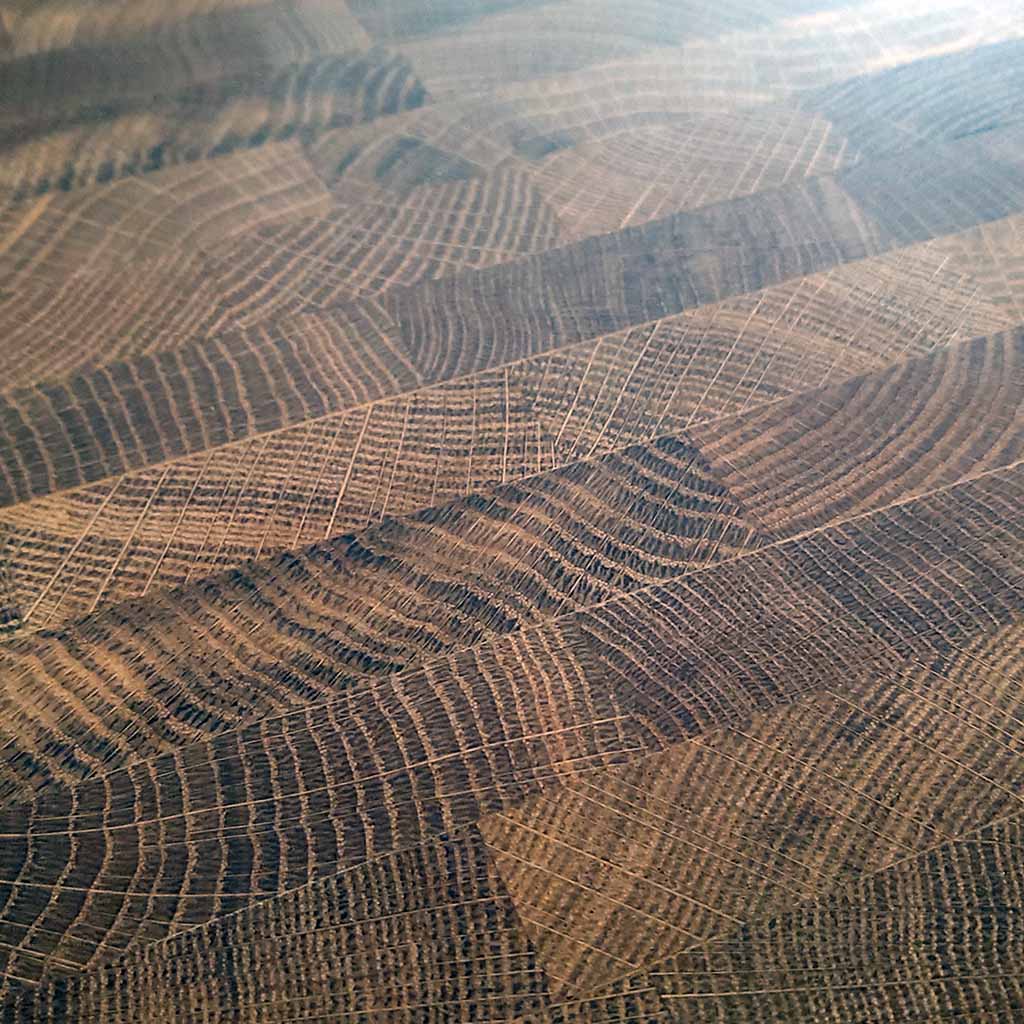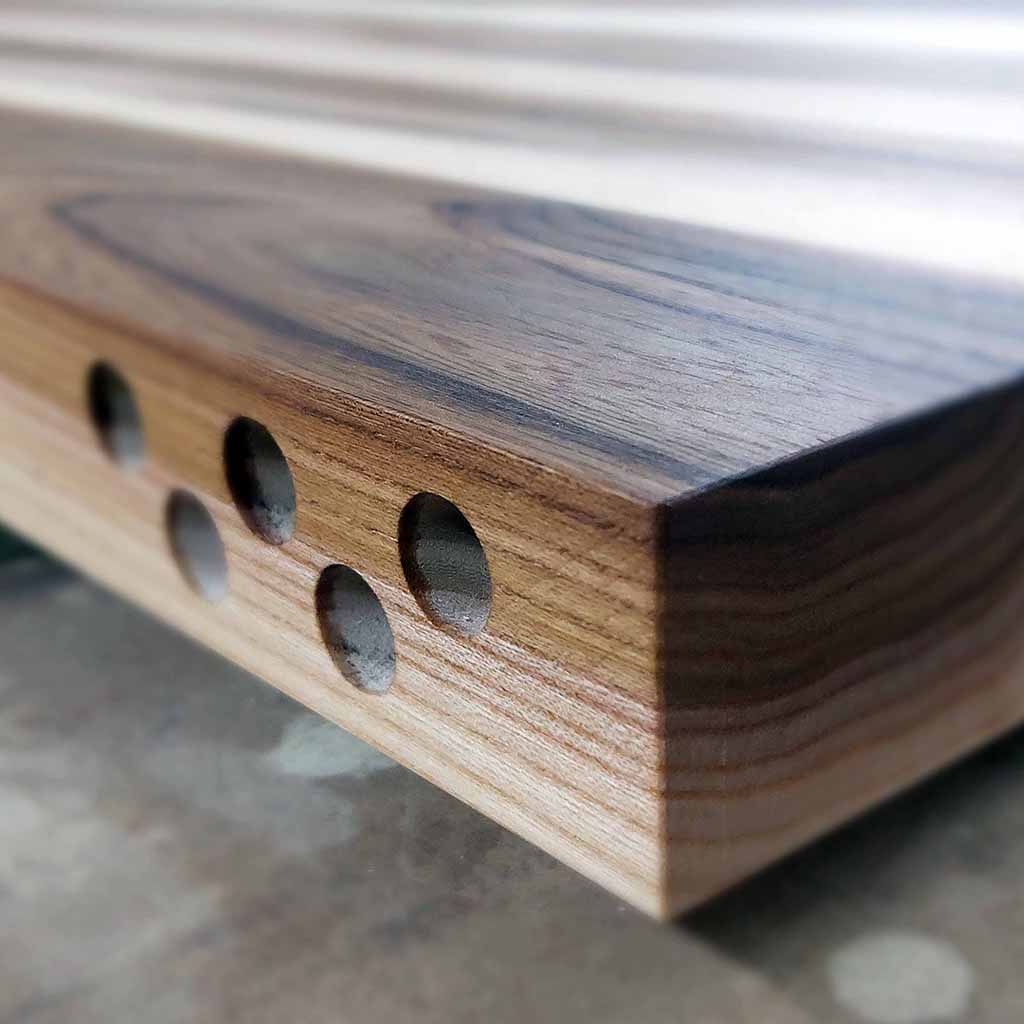Humidity and Solid Wood Furniture



Introduction
Solid wood furniture is a clever and durable investment, but it requires proper care to maintain its appearance and longevity. One of the most critical factors to consider is the humidity level in the environment where the furniture is kept.
Wood consistently absorb or release moisture from the air depending on the surrounding humidity conditions. This natural and normal feature of wood can possibly cause it to expand or contract, potentially leading to damage of wooden piece if the humidity levels are not properly managed.
Humidity effects
High humidity
In every environment with high humidity, wood absorbs moisture from the air and expands. This can cause several problems on furniture piece, including:
Swelling: Drawers and doors may become difficult to open or close due to swelling.
Warping: Wood may bend or warp randomly after being exposed to excessive humidity for an extended period of time.
Mould and mildew: An abundance of moisture can serve as a haven for these microorganisms, causing harm to the wood and surface finish.
Joint weakening: Over time, the expansion and contraction of wooden components and pieces may cause the furniture’s joints to deteriorate.
Low humidity
In dry environments, wood releases moisture into the air and shrinks. This can also cause problems, such as:
Cracking: Wood can crack or split as it dries out and release inner moisture.
Joint separation: Joints may separate as the wood shrinks, compromising the structural integrity of the furniture pieces.
Surface finish damage: The finish on the furniture may crack or peel due to the wooden elements movement.
Ideal humidity range
The ideal humidity range for solid wood products is generally considered to be between 40% and 60%, which is also ideal humidity level of average person for breath. Within this range, the wood maintains a stable inner moisture content, minimizing the risk of expansion or contraction of wooden elements.
Factors affecting humidity
Several factors can affect the humidity levels in a space, including:
Climate: The climate in your region plays a significant role in indoor humidity levels.
Heating and cooling systems: Heating systems usually dry out the air and air conditioners always remove moisture from the conditioned air.
Ventilation: Poor ventilation can trap moisture indoors, leading to high humidity levels.
Building materials: Some building materials, such as concrete always release moisture into the air.
Occupancy: The number of people in a space can affect humidity levels in the room due to respiration and perspiration.
Maintaining proper humidity
Monitor humidity levels: Use a hygrometer to monitor the humidity levels in your home.
Use a humidifier or dehumidifier: Depending on the climate and time of year, you may need to use a humidifier to add moisture to the air or a dehumidifier to remove excess moisture from the room.
Control temperature: Try to maintain a consistent temperature in your home, because temperature affect humidity levels.
Improve indoor ventilation: Ensure proper ventilation to prevent high moisture.
Avoid extreme temperature changes: Sudden and fast temperature changes in room can cause wood to expand or contract rapidly, leading to potential damage.
Protect your furniture from direct sunlight: Direct sunlight can dry out wood and cause it to crack or fade.
Use furniture polish or wax: Regularly apply a recommended furniture polish or wax to protect the wood and help maintain its moisture balance.
Conclusion
Maintaining proper humidity levels is crucial for preserving the beauty and longevity of your solid wood furniture. If you understand the effects of humidity on wood and take proactive measures to manage it, you can ensure that your furniture will remain in excellent condition for generations to come.